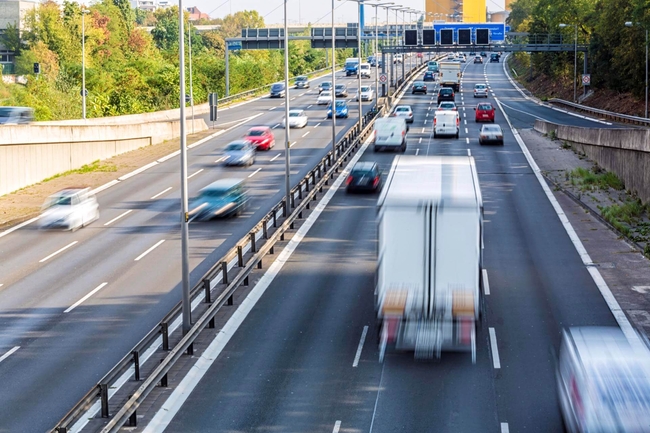Greenhouse gas
effects of subsidies
in Germany
Client
Federal Ministry for Economic Affairs and Climate Protection (BMWK)
Year
2024
Partner
Öko-Institut, ifeu, IREES, FhG ISI, GWS
There is a lot of controversy about which state subsidies are useful. But what do the numbers say? The “Quantification of the greenhouse gas effect of subsidies in Germany” report shows which measures are climate-friendly and which damage the climate.
The Federal Ministry for Economic Affairs and Climate Protection (BMWK) commissioned a scientific consortium to take stock of the existing 130 measures listed in the Federal Subsidy Report. In addition to Prognos, Fraunhofer ISI, GWS, IFEU, IREES and the Öko-Institut participated in this project.
Expert report creates transparency, but does not make proposals for reform
The expert report serves as a data point for the client’s decision-making process concerning future subsidies. In addition to the results of the expert report, they have a range of other information sources at their disposal.
The report’s goal was to render the greenhouse gas effect of subsidies more transparent. The reference year is 2020, which was analysed with a view to the expected effect in the years from 2023 to 2030.
Each measure was analysed individually by one of the participating institutes and assessed according to whether it was climate-friendly or harmful. It was not the intention to formulate options for reform.
Results: Most of the subsidies have an impact on the climate
The expert report shows: many subsidies are already climate-friendly, but there are also many climate-damaging subsidies and benefits.
The Prognos team examined 23 measures in the transport, buildings and energy sectors. In total, 130 measures were considered.
The highest levels of greenhouse gas emissions in the transport sector are caused by:
- the funding of company cars
- diesel subsidies
- the commuter allowance
The Federal Funding for Energy Efficiency in the Economy and the Federal Funding for Efficient Buildings show a particularly emission-reducing effect.
In counterfactual scenarios, our researchers calculated the greenhouse gas emissions that would arise if the respective subsidies did not exist.
Last update: 19 August 2024
Links and downloads
List of the 23 measures analysed by Prognos and their GHG impact
A comprehensive overview of all 130 measures analysed can be found from page 30 of the study (PDF, Öko-Institut website)
Contact
E-mail: presse@prognos.com | Phone: +49 30 58 70 89 118
Do you have questions?
Your contact at Prognos
Alex Auf der Maur
Senior Project Manager
Nils Thamling
Principal
Marco Wünsch
Principal









